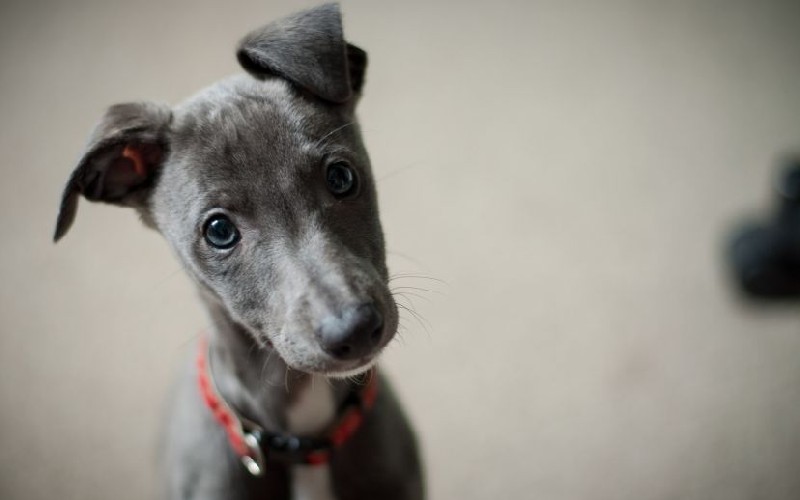
Getting your puppy used to being home alone
Dogs are collaborative social animals which means it's important for them to live within a group that allows them to constantly share experiences and tasks. By nature, puppies gradually learn to manage the discomfort caused by being detached from their group. Their mother often begins to leave the puppy for brief moments and, when she is present, she invites the puppy to explore the surrounding areas independently. Teaching a puppy to stay at home alone must be done gradually through several steps. This process helps the puppy to gradually become autonomous, in addition the creation of a safe place like a doghouse or blanket, provides reliability and consistency while away from the group that it is possible to ensure that the detachment is experienced in a less traumatic way.How many hours can a puppy be home alone?
The separation, however, should not exceed 2 hours, at least for the first few times. As the dog grows, they will be able to be separated from the group for longer periods. During the day, after playing or a short walk, make sure that the puppy performs solitary chewing activities (with toys filled with food or bones of various kinds) to do near their dog house or area and make sure to leave them alone. The more we do this, the more they will favor moments of relaxation and rest when we are present.
Getting the puppy used to being alone
The next step will be to make sure that during these times the group is at home but not in the same room. Once we are sure that the puppy is able to rest and remain calm to carry out some activity even if we are in another room, we can start visiting the puppy by creating "greeting rituals": It is not good to think that a puppy should be ignored both when we leave and return! Ignoring the little one could undermine our credibility and reliability. It is therefore better to greet them in both moments, without giving too much emphasis to the moment. Once we return home, the puppy will be joyful and restless after we greet them with a calm and reassuring tone, without picking them up, but moving around the house and calmly inviting them to follow us. Once we have reached an average level of emotional activation, we can also physically interact with them through a slow and pleasant movements and our familiar voices. If the emotion of reunification is strong, it is possible that the little one could urinate due to this excessive emotion. As seen previously, avoid scolding them and move away from the area, Support and help the little one to return to a normal emotional state and find some kind of activity. At that point, we can then clean up the area.

